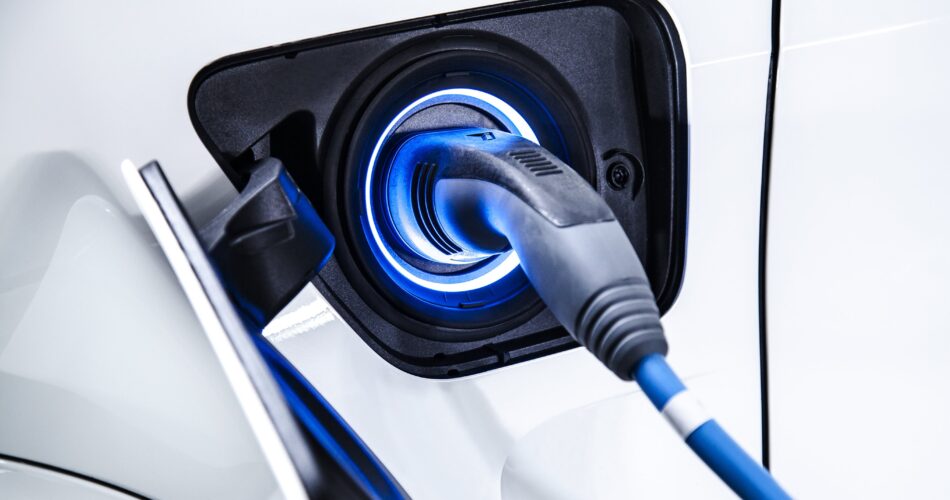US car shoppers are more interested in electric vehicles than ever before, but the majority agree that there’s one major thing holding them back: the sticker price.
In its 2023 Global Automotive Consumer Study, Deloitte found that US consumers’ intent to purchase an electrified vehicle was up nine percent year over year, while just 62 percent of US buyers planned to purchase a traditional gas-powered car, down from 68 percent a year prior.
But when considering an all-electric battery-powered vehicle, 52 percent of US respondents said they were worried the price was too high – the biggest concern among US consumers, followed by driving range and charging time.
Three quarters of US consumers want to spend less than $50k on their next vehicle, Deloitte said, but that particular threshold for pricing may not matter all that much – Ford, Kia, Hyundai and even Tesla offer electric vehicles priced under that limit.
Environmentalism second, pocketbook first
Lest you think potential electric vehicle buyers in the US are all granola-chomping tree huggers, climate change is a distant third in the reason Americans are considering an EV for their next car.
Instead, the top priority for US consumers, and those in all but one of the other 23 nations Deloitte surveyed for the study, is reducing the impact of rising gas prices.
“Although historically high transaction prices are a significant challenge for consumers, a strong desire to reduce refueling costs is driving EV purchase intent around the world,” said Deloitte Vice Chair and US Automotive Lead Karen Bowman.
Deloitte broke its study down into seven geographical groups: China, German, India, Japan, South Korea, the US and a mixed “Southeast Asia” region. Only Chinese respondents cited something other than fuel costs as their top reason for buying an EV – they’re more concerned with getting a better driving experience, Deloitte found.
Germans were the most concerned about climate change, but still only rated it as a second-tier concern to lowering their personal cost of driving by eliminating fossil fuels.
One company that may have missed the memo about affordably-priced EVs is Rivian, which said in a press release yesterday that it produced 24,337 vehicles in 2022 – a few hundred vehicles short of the company’s planned 25k production for the year.
That’s a small miss, but Rivian started 2022 with plans to produce 50k vehicles. It cut that number by half in March, citing internal production issues and supply chain constraints.
In an email sent to Rivian employees CEO RJ Scaringe said more than 700 vehicles were still awaiting parts at year end. He again blamed the missed production target on the ongoing global supply chain crisis, the WSJ said.
Rivian, whose more affordably priced R1T starts at $73k, has been shedding gobs of cash as of late, with losses in Q3 of last year reaching $1.7 billion. The company said it only has cash on hand for three more years of business, though that was conditional on a deal with Mercedes-Benz that fell through last month.
Rivian has placed its hopes in the R2 platform, a newer smaller form factor that the company said would help it produce more affordable cars. Unfortunately, that’s been pushed back to 2026, by which point Rivian could be out of business.
Rivian stock lost 80 percent of its value in 2022, and hit a new 52-week low after the company announced its missed production goal.
Consumers say no to vehicle subscription services
Along with learning about vehicle purchase trends, Deloitte also found pretty solid evidence that consumers around the world want little to do with connected vehicle services that require a subscription.
In Japan, where support for subscription vehicle features was highest, it was still at just 21 percent of buyers. The other two choices Deloitte gave respondents were upfront costs, or services that are pay-per-use, both of which garnered far more support.
Among US respondents, 46 percent said they would rather pay for connected services up front, while 33 percent said they would prefer a pay-per-use model. China was where most consumers would prefer to buy a connected service up front, while the majority of South Koreans said they’d prefer to pay for connected services as they’re used. ®
Source link



